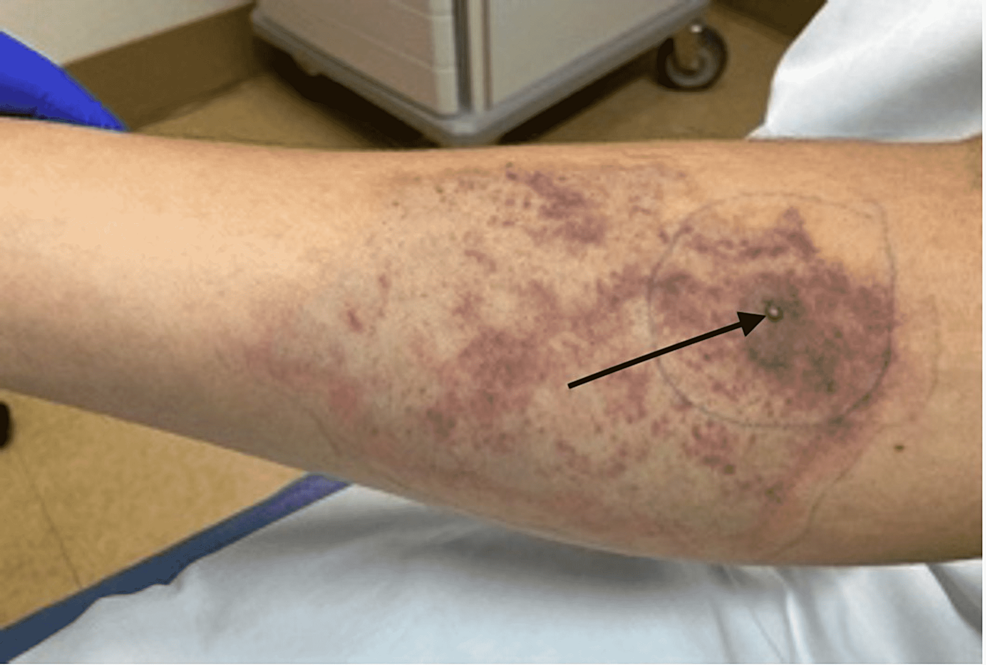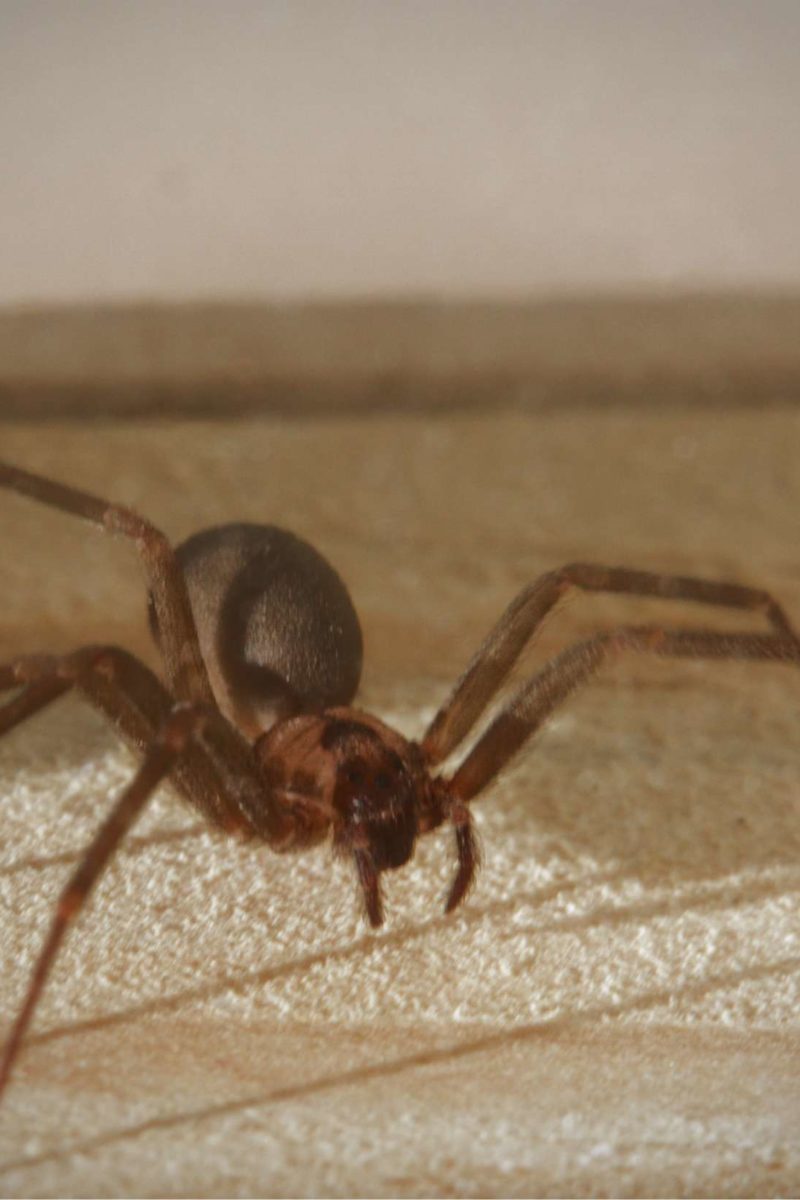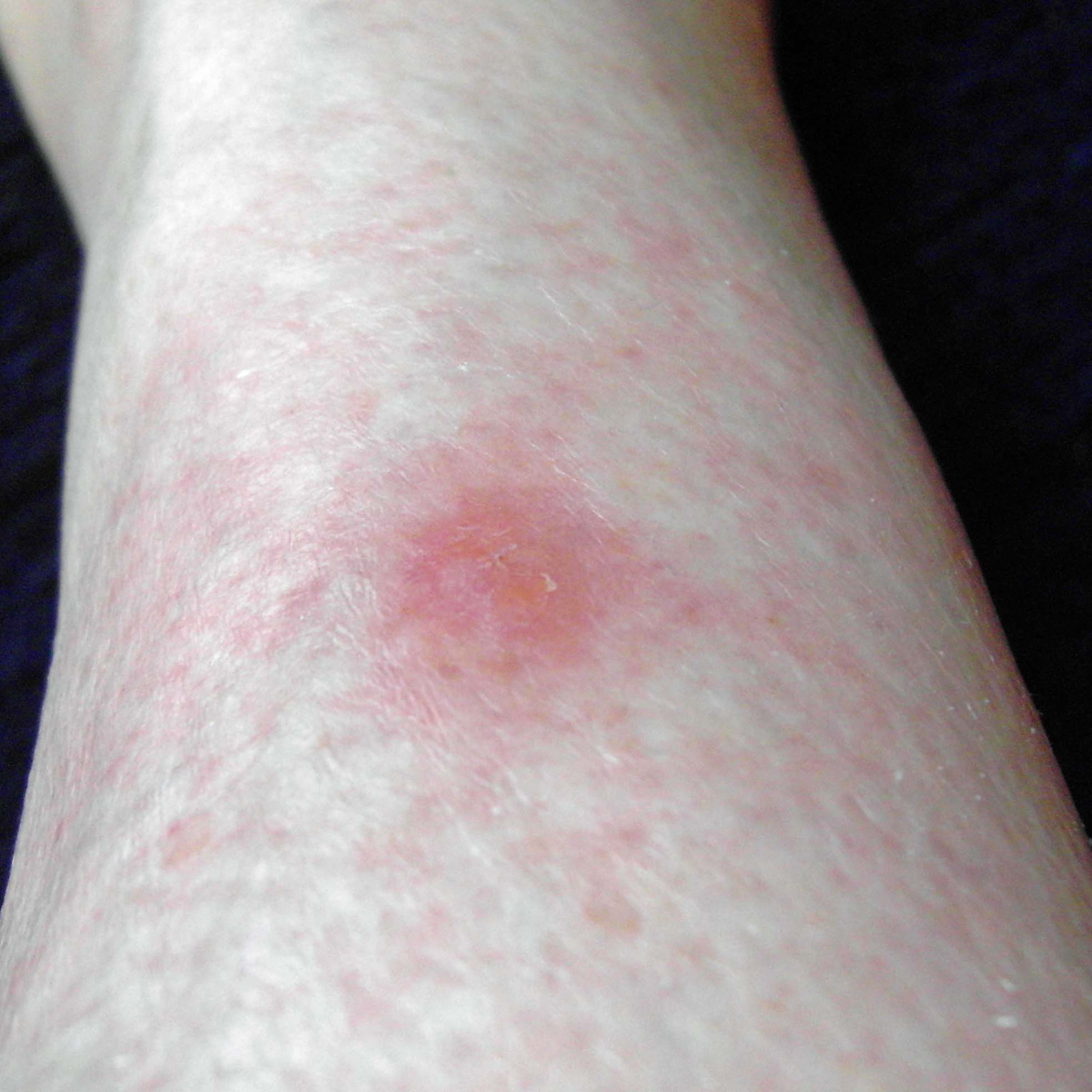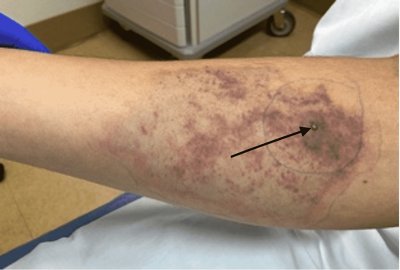Understanding Brown Recluse Spider Bites: Symptoms, Treatment, and Prevention
Encountering a brown recluse spider can be a nerve-wracking experience, especially if a bite occurs. Known for its potentially serious consequences, a brown recluse spider bite is something that should not be taken lightly. This article delves into the intricacies of brown recluse spider bites, offering insights into symptoms, treatment, and prevention strategies.
Key Takeaways
- The brown recluse spider is primarily found in the central and southern United States.
- Symptoms of a brown recluse spider bite can range from mild irritation to severe necrosis.
- Immediate medical attention is crucial for effective treatment and recovery.
- Preventive measures can significantly reduce the risk of encountering these spiders.
What is a Brown Recluse Spider?
The brown recluse spider, scientifically known as Loxosceles reclusa, is a venomous spider native to the central and southern United States. Recognizable by its violin-shaped marking on the back, these spiders prefer dark, secluded areas such as basements, closets, and woodpiles. Despite their reclusive nature, encounters with humans can occur, sometimes leading to bites.
Identifying a Brown Recluse Spider
Identifying a brown recluse spider can be challenging due to its small size and nocturnal habits. Key characteristics include:

- Size: Approximately 6 to 20 millimeters in length.
- Color: Light to medium brown, with a distinct dark violin marking on the dorsal side.
- Eyes: Unlike most spiders, they have six eyes arranged in pairs.

Symptoms of a Brown Recluse Spider Bite
Brown recluse spider bites can vary significantly in severity. While some bites may be harmless, others can lead to serious medical conditions. Recognizing the symptoms early is crucial for effective treatment.

Early Symptoms
Initially, a brown recluse spider bite may go unnoticed, as it is often painless. However, within a few hours, symptoms may develop, including:
- Redness and swelling at the bite site.
- Mild to intense itching.
- A burning sensation.

Progressive Symptoms
As time progresses, more severe symptoms may manifest, such as:
- Blistering at the bite site.
- Development of a blue or purple area around the bite, indicating tissue damage.
- Necrosis, or tissue death, which may require surgical intervention in severe cases.
Systemic Symptoms
In rare instances, a brown recluse spider bite can lead to systemic symptoms, affecting the entire body. These may include:
- Fever and chills.
- Headache and dizziness.
- Nausea and vomiting.
- Joint pain and muscle stiffness.

Treatment for Brown Recluse Spider Bites
If you suspect a brown recluse spider bite, seeking medical attention promptly is paramount. While some bites heal without intervention, others may require medical treatment to prevent complications.
Immediate First Aid
Before professional medical help is available, initial first aid measures can help mitigate symptoms:
- Clean the bite area with soap and water to prevent infection.
- Apply a cold compress to reduce swelling and pain.
- Keep the affected limb elevated to minimize swelling.
Medical Treatment
Medical professionals may employ several treatment options based on the severity of the bite:
- Antibiotics: To prevent or treat secondary infections.
- Pain relief: Over-the-counter or prescription medications to manage pain.
- Tetanus shot: Administered if the patient is not up-to-date on vaccinations.
- Surgery: In severe cases of necrosis, surgical removal of dead tissue may be necessary.
Preventing Brown Recluse Spider Bites
Prevention is the best strategy when it comes to brown recluse spider bites. By taking a few precautions, you can significantly reduce the risk of encountering these spiders.
Home Precautions
Implementing these measures can help keep brown recluse spiders at bay:
- Seal cracks and crevices around windows, doors, and foundations.
- Keep storage areas tidy and free of clutter.
- Use sticky traps in areas where spiders are likely to hide.
- Shake out shoes and clothing before use, especially if stored in dark places.
Personal Protective Measures
When working in areas where brown recluse spiders may reside, consider the following:
- Wear long sleeves, pants, and gloves when handling firewood or cleaning out storage areas.
- Use caution when reaching into dark or undisturbed spaces.
- Educate family members about the appearance and habits of brown recluse spiders.
While encounters with brown recluse spiders can be alarming, understanding the symptoms and treatment options for bites can alleviate much of the fear associated with these arachnids. By taking preventive measures and seeking prompt medical attention when necessary, the risks associated with brown recluse spider bites can be effectively managed. Stay informed, stay safe, and ensure your home is a place where spiders are less likely to intrude.


0